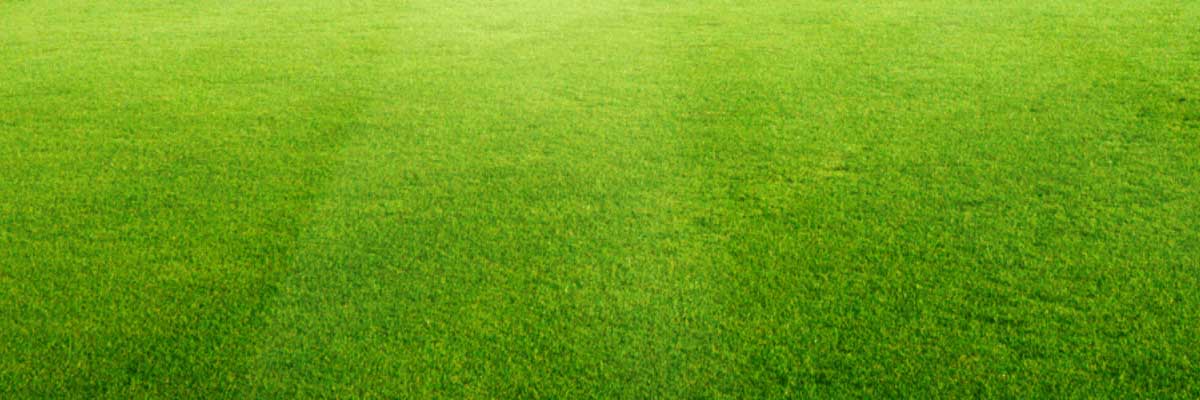
Tests provided through the Soil Testing Laboratory are intended to evaluate your soil's nutrient status, pH level, and/or problems due to excessive salts or fertilizer materials. Based on the test results and type of plants to be grown, you will receive fertilizer recommendations for healthy plant growth, with no adverse effects on the environment. For guidance on collecting samples from a lawn or garden, please follow the link at right ("How to take a Soil Sample").
How to Submit Samples for Analysis
- Follow the instructions for collecting soil samples linked on the right side of this page.
- Download, print, and fill out the the Professional Turf Management Analysis Request sheet located on the right side of this page.
- Use one Request Sheet for each sample.
- Place the sample (2-3 cups) in a secure container such as a clean tupperware or sealable plastic bag.
- Label the container with a sample name or number that matches what you put on the request sheet.
- Enclose a check payable to the University of Minnesota for all services requested. Prices are listed on the form. Do NOT send cash - we cannot be responsible for cash sent through the mail.
- Send the soil sample(s), payment, and request sheet to:
Soil Testing Laboratory, University of Minnesota
135 Crops Research Building
1902 Dudley Ave.
St. Paul, MN 55108
You may also drop off samples in person. See Contact Us for directions. Free parking for sample drop-off is available along the curb on Dudley Avenue. There is a drop-box on the table outside the building, or you may come in and use the table outside room 135.
Note: While our tests are optimized for the upper Midwest, we accept soil from the anywhere in the continental US (including AK) that is not highlighted or marked on this map.
Tests Offered (recommendations provided)
- Regular Series (phosphorus, potassium, pH and lime requirement, organic matter (%) and estimated texture class)
- Lead
- Soluble Salts (from excess fertilizer or road salt)
Professional Tests (no recommendations provided)
Due to limited storage space, soil samples are held for three months after reports are issued. After that, samples are discarded.